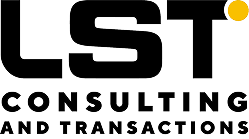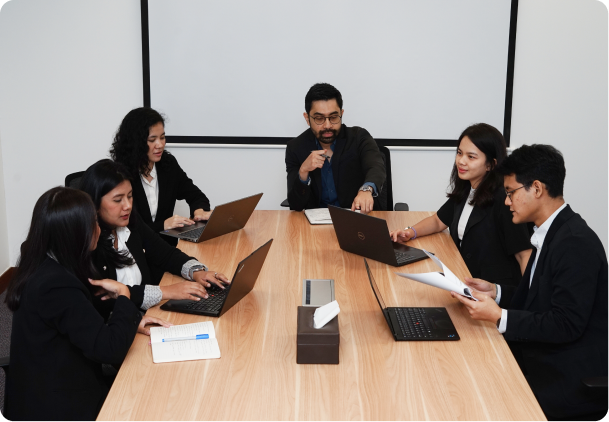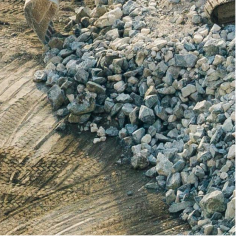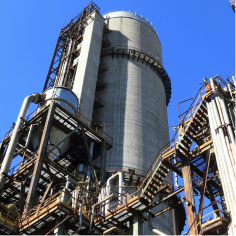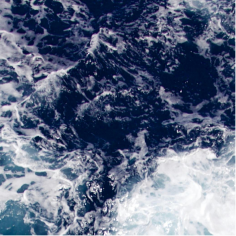At Lightstein Indonesia Kapital, we are a boutique management consulting and private investment firm dedicated to unlocking the full potential of businesses through our two core divisions:
Together, these divisions enable us to maximize value for our clients and stakeholders from multiple angles, driving growth and fostering long-term success.

